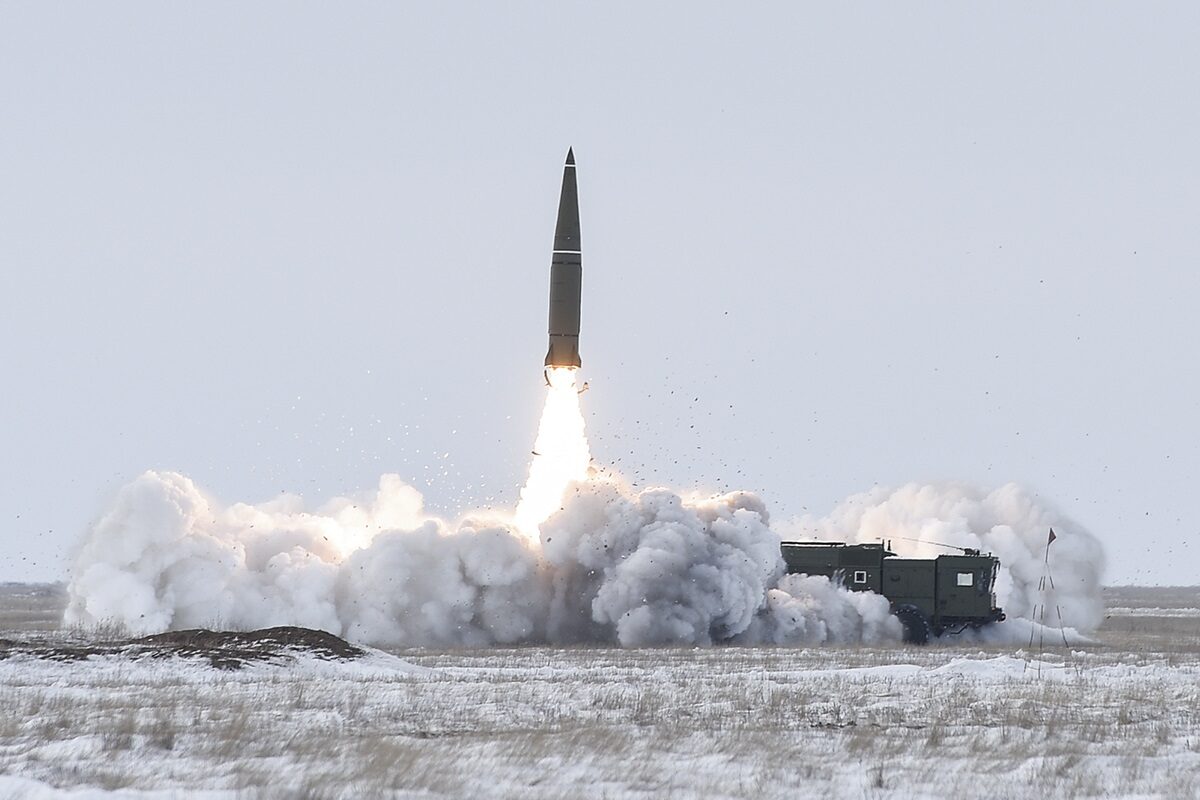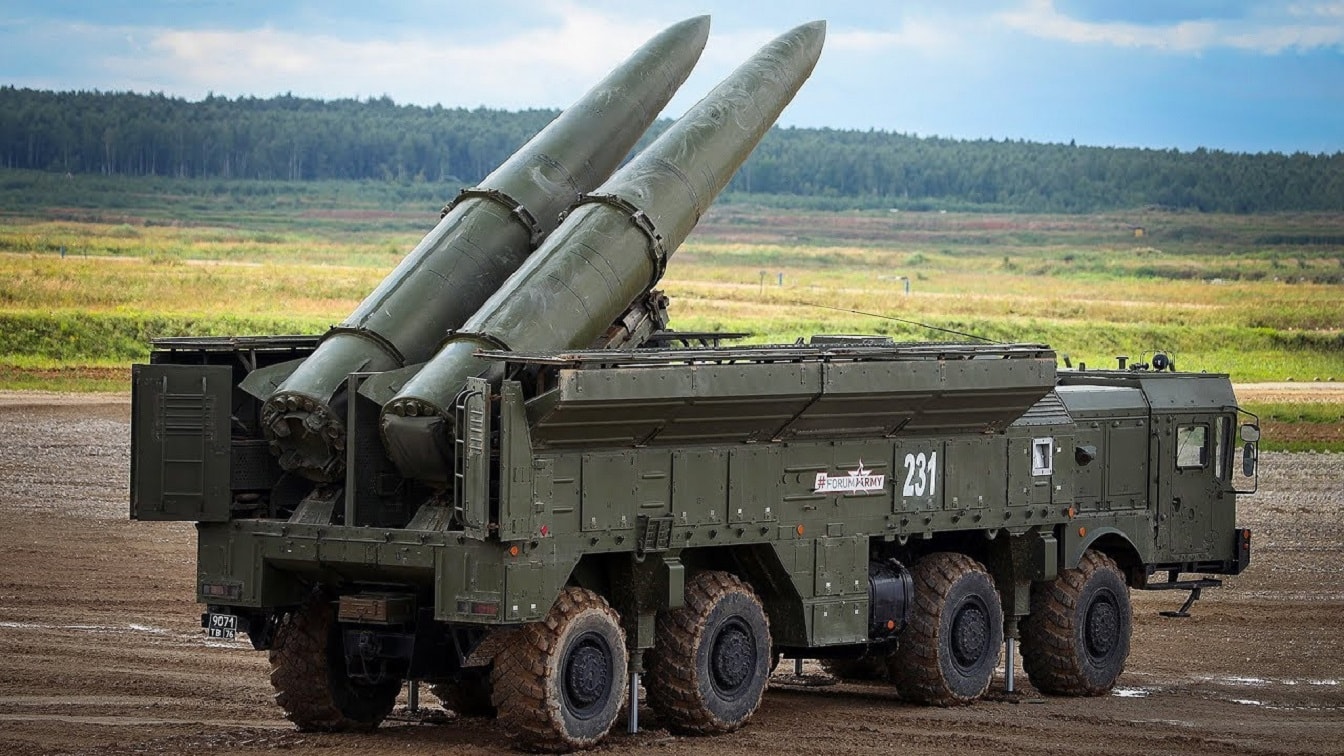How Accurate Is Russia’s Iskander Missile? A common boast on the rifle range is when someone says they can shoot the wings off a fly at 100 yards. Of course, such bragging is entirely nonsensical as it would be impossible to see even the Minnesota horse fly at those distances.
Yet, on Thursday, Russian media announced an equally absurd claim that its Iskander-M missile was able to strike a target the size of a “window leaf” from tens of kilometers away.
Iskander: The Sniper Missile?
Describing the accuracy as “worthy of a sniper,” Tass reported that the Iskander-M had struck military targets in Ukraine.
“The Iskander-M works with a sniper’s accuracy. A missile launched with this operational-tactical complex can hit a window leaf from a distance of several tens of kilometers. It carries a high-yield warhead, which is enough to destroy a building, a warship or on-land fortification,” Rostec’s press service said via a statement.
Earlier on Thursday, Russian Defense Ministry spokesman Lieutenant-General Igor Konashenkov had claimed that an Iskander missile had hit a Ukrainian military train in the Dnepropetrovsk region, which eliminated more than 200 reservists and dozens of pieces of military equipment on the way to.
The ground-based platform has been in service since 2014. The Iskander-M tactical missile system (NATO reporting name “SS-26 Stone”) was designed to strike adversary low-sized and site targets to a range of up to 500 kilometers. It was developed by the Russian military following the dissolution of the Soviet Union to replace the aging Scud missile platform.
The Iskander-M is equipped with two solid-propellant single-stage guided missiles, and targets can be located by satellite and aircraft as well as by conventional intelligence including an artillery observer or from aerial photos scanned into a computer. Missiles can be launched within 16 minutes from a mobile launcher once deployed, or within as little as four minutes from a vehicle on the highest readiness. In addition, a second missile can be launched in less than a minute once the first missile has been fired.
The missiles can also be retargeted during flight, while the optically-guided warheads can be controlled via encrypted radio transmission, including those from an AWACS or even a drone. In recent years, the Iskander-M has also been adapted for use as an anti-ship platform.
It has a range of up to 500km (310 miles), while its guidance systems were reported to be capable of achieving an accuracy of 10-30 meter circular error probable (CEP) – which is significantly larger than the size of even a large picture window.
Use in Combat
Its first successful launch took place in 1996. The Iskander-M was first employed in combat operations during Russo-Georgian War, the Syrian Civil War, and in 2020’s Nagorno-Karabakh War. It has reportedly been widely deployed in Ukraine.

Iskander missile system. Image Credit: Creative Commons.
Though the Iskander-M system has been exclusively used by the Russian military, the modified Iskander-E was developed for export. It has a range of 280 km with a reduced 480 kg payload. The Iskander-E also has an inertial guidance system that gives it an accuracy of 30-70 m CEP. No word on whether it can shoot the wings off a fly at 10 km, but probably someone at Rostec has made that claim.
Expert Biography: A Senior Editor for 1945, Peter Suciu is a Michigan-based writer who has contributed to more than four dozen magazines, newspapers, and websites with over 3,000 published pieces over a twenty-year career in journalism. He regularly writes about military hardware, firearms history, cybersecurity, and international affairs. Peter is also a Contributing Writer for Forbes. You can follow him on Twitter: @PeterSuciu.

